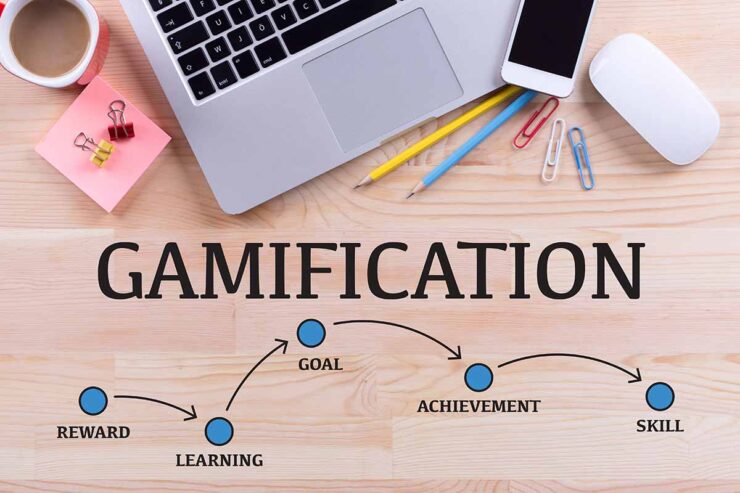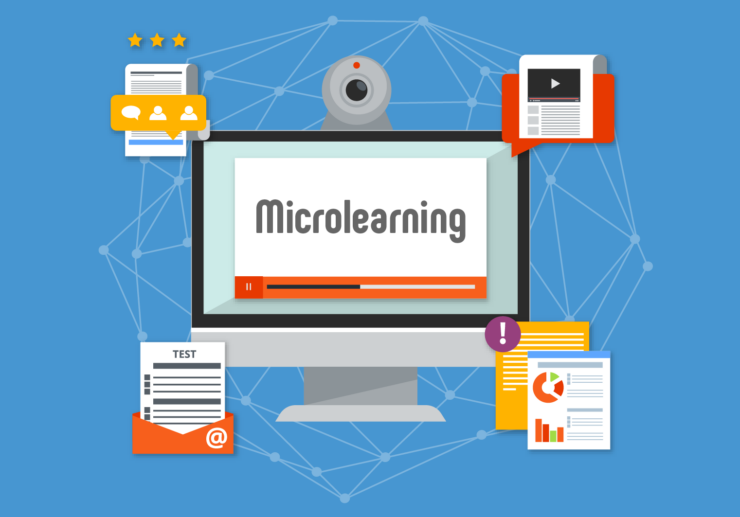As millennial employees make up an increasing percentage of the workforce, it’s becoming increasingly important for employers to develop practical courses. However, traditional training methods may not be effective for this generation. In this article, we’ll explore training millennials and present the 6 best training generation y strategies for employers.
What Are Millennials?

Millennials are people born between 1981 and 1996. They are also known as Generation Y. They are known for their tech-savvy nature, desire to balance their work and private lives, and focus on social responsibility. Millennials and training have become a hot topic for employers, as this generation is poised to become the largest generation in the workforce.
How to Train Millennials
Employers must consider this generation’s unique characteristics to develop effective courses to help them progress. Look at the most fabulous millennials’ training and development strategies:
Integrate Modern Technology Into Your Training
Millennials are digital natives who grew up with technology. To engage them, employers should integrate modern technology into learning.
This platform allows employers to create engaging and interactive training programs for each person. By using quizzes, assessments, and progress tracking, AcademyOcean can help employers to ensure that their courses are efficient and exciting.
Integrating modern technology into training programs not only enhances the learning experience but also cultivates a sense of relevance and familiarity for millennials. By utilizing interactive platforms, and immersive technologies, employers can tap into the digital aptitude and preferences of this generation. This approach not only fosters increased engagement and knowledge retention but also equips millennials with the skills they need in a rapidly evolving digital landscape. Moreover, by investing in training programs that resonate with millennials, employers demonstrate their commitment to their professional development and create a supportive environment that encourages growth and adaptability. In this way, the integration of modern technology becomes an investment in nurturing and empowering the millennial workforce.
This can include online courses in edapp.com, webinars, and virtual training sessions. New achievements and technologies allow employers to build engaging and creative learning courses.
Use Gamification

Gamification is a great instrument tool that can be utilized in a variety of contexts, including education, marketing, training, and development. When it comes to training younger people, in particular, gamification can be an effective way to boost interest and motivation when training a new hire.
One of the key benefits of gamification is that it taps into the innate human desire for competition and achievement. By using techniques such as scores, badges, and leaderboards in courses, employers can create a sense of friendly competition among their employees. This can motivate individuals to perform better and foster teamwork as people work together towards a common goal.
Another advantage of gamification is that it allows quick feedback to learners. This feedback can be critical in helping them to understand where they stand to their peers and identify problematic aspects they may need to improve. In a traditional training program, feedback may be delayed or nonexistent, making it difficult for individuals to evaluate their progress and make necessary adjustments.
Employers can create a more immersive and interactive learning experience by incorporating game-like elements. This helps keep individuals engaged and motivated throughout the training process, which results in more effective skill utilization.
Involve Multiple Teams & Departments
These people value collaboration and teamwork. To engage them, employers should involve multiple teams and departments. This can create more diverse courses and allow people to learn from colleagues in different roles.
When multiple people join the course, they are exposed to various perspectives and experiences. This can broaden their understanding of the company and its operations and provide opportunities to learn from colleagues in different roles. For example, if a training program involves a project that requires input from various departments, employees will have the opportunity to collaborate with colleagues from different areas of the organization. Thus, they will better understand how their work fits into the bigger picture.
In addition to providing a more diverse learning experience, involving multiple teams and departments can also help to break down silos within the organization. When employees from different areas collaborate on a project, they are forced to communicate and work together towards a common goal. It promotes teamwork and collaboration extending beyond the training program and into day-to-day operations.
To involve multiple teams and departments in a training program, employers can consider creating cross-functional teams or assigning employees from different departments to work together on a specific project. Employers can also host workshops or seminars that bring together employees from other areas to learn about a particular topic or skill.
Introduce Microlearning

Younger people tend to absorb information in small portions. To accommodate this, employers should introduce it into their courses. Microlearning delivers short, focused learning modules that can be accessed on demand. These modules can come in several formats, such as videos, quizzes, or interactive simulations. Breaking up training content into smaller, more manageable chunks can help improve retention and engagement.
One of the key benefits of this approach is flexibility and accessibility. Younger people value learning on their terms and from anywhere. This can be especially beneficial for employees juggling multiple responsibilities or who may have limited time for training.
Another advantage is that it can help to keep people engaged and motivated. Learners are less likely to become overwhelmed or disengaged by delivering training content in short bursts. It also allows learners to track their progress and see immediate results, which can be motivating and rewarding.
To introduce this method into the courses, employers can consider breaking up longer training courses into shorter modules that can be accessed on demand. Employers can also use gamification and other interactive elements to make small modules more engaging and enjoyable.
Try Videos
Millennials are visual learners who prefer video content to text. This can include training videos, tutorials, and explainer videos. Employers can create a more engaging and memorable learning experience by using videos. Training videos can be used to demonstrate specific skills or procedures, while tutorials can be used to guide how to complete a task. Explainer videos can provide an overview of a complex concept or topic in a way that is easy to understand.
One of the key benefits of using videos in courses is that they can improve retention. They are more engaging than text-based content and can help learners to remember information more effectively. Additionally, videos can help to break up longer training sessions and make the content more digestible.
Another advantage of using videos in courses is that they can be accessed on demand. They value flexibility and the ability to learn on their terms, and videos can be watched anytime and from any location. This can be especially beneficial for employees who are juggling multiple responsibilities or who may have limited time for training.
To incorporate videos into learning, employers can consider creating their own training videos or tutorials or using existing videos from online sources. Employers can also consider using interactive elements such as quizzes or polls to make videos even more enjoyable.
Mobile Learning

Incorporating mobile learning into courses is a great way to accommodate their preference for on-the-go experiences. They are known for being mobile-first in their approach to technology and work. So, this can help to meet their expectations for flexibility and accessibility.
Mobile training can take many forms, including mobile-optimized courses and training apps. Mobile-optimized courses are designed to be easily accessed and navigated on any device. Learning apps, on the other hand, are mobile applications that provide access to content and tools on the go.
It allows employees to access training anytime and anywhere. This can be especially beneficial for people who value flexibility and the ability to learn on their own terms. This technology can also help to break down geographical barriers and provide access to training content for employees who may be working remotely or in different locations. Furthermore, it can make course material more interactive and keep people interested.
To start using this method in their courses, employers can consider developing mobile-optimized courses or training apps. Or using existing mobile platforms or partnering with third-party providers, such as platform LMS solutions. The key aspect here is to tailor it to the preferences of every person and make it accessible and user-friendly.
Final Thoughts
This generation requires a different approach to training and development. By using the 6 strategies outlined in this article, employers can create effective programs that engage and develop their employees.
Related Posts:
- 20 Best Gaming Headset Under 50$ 2024 - for PC, PS4,…
- 10 Proven Strategies to Ease Workforce Management
- 15 Best Shoes for Jumping Rope 2024 - Maintain a…
- 15 Best Dog Food For Allergies 2024 - Adult, Puppy…
- 12 Best Car Wax For Black Cars 2024 - Protection and…
- Top 16 Best Office Chair Covers 2024 - Chair…







